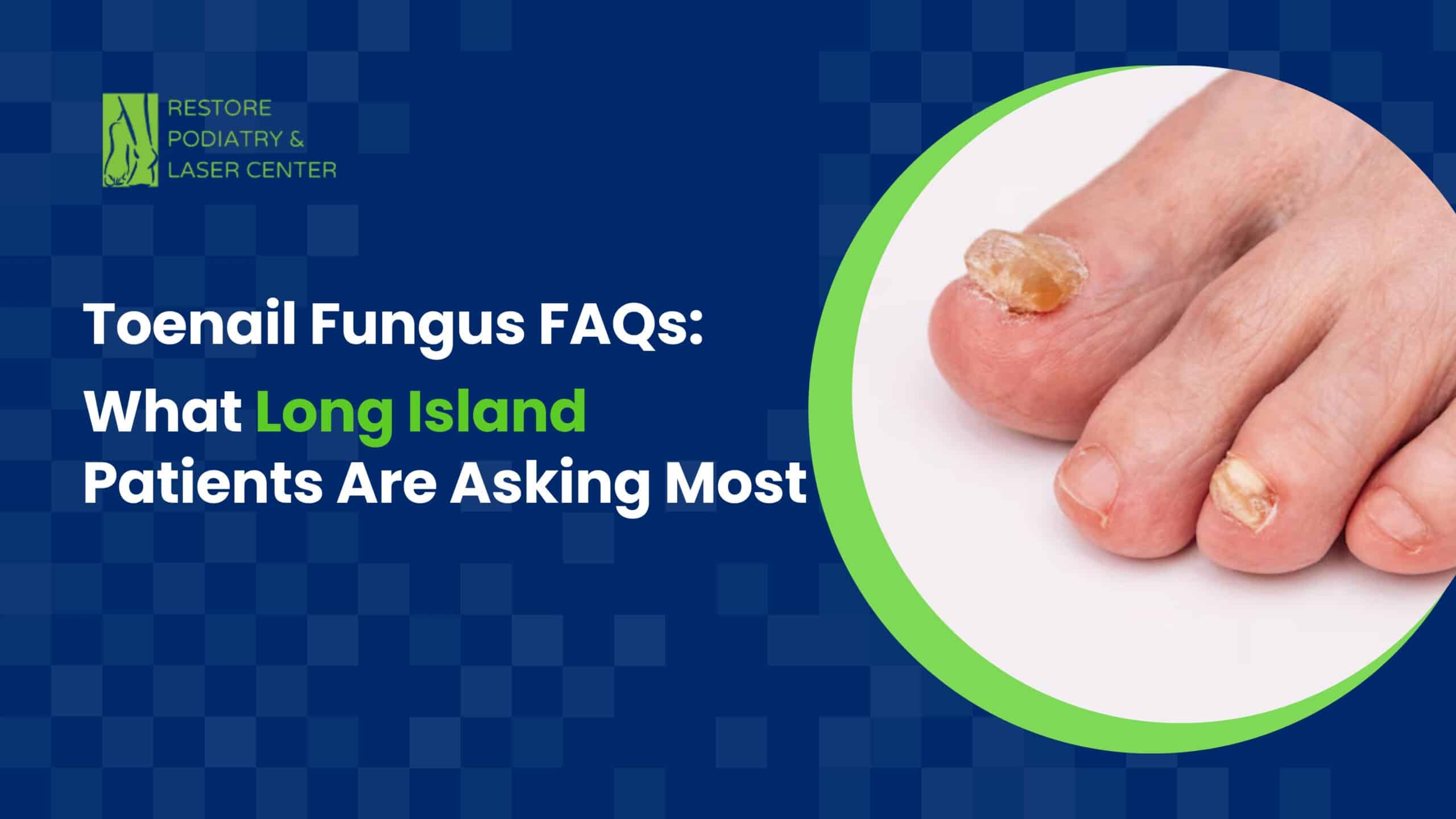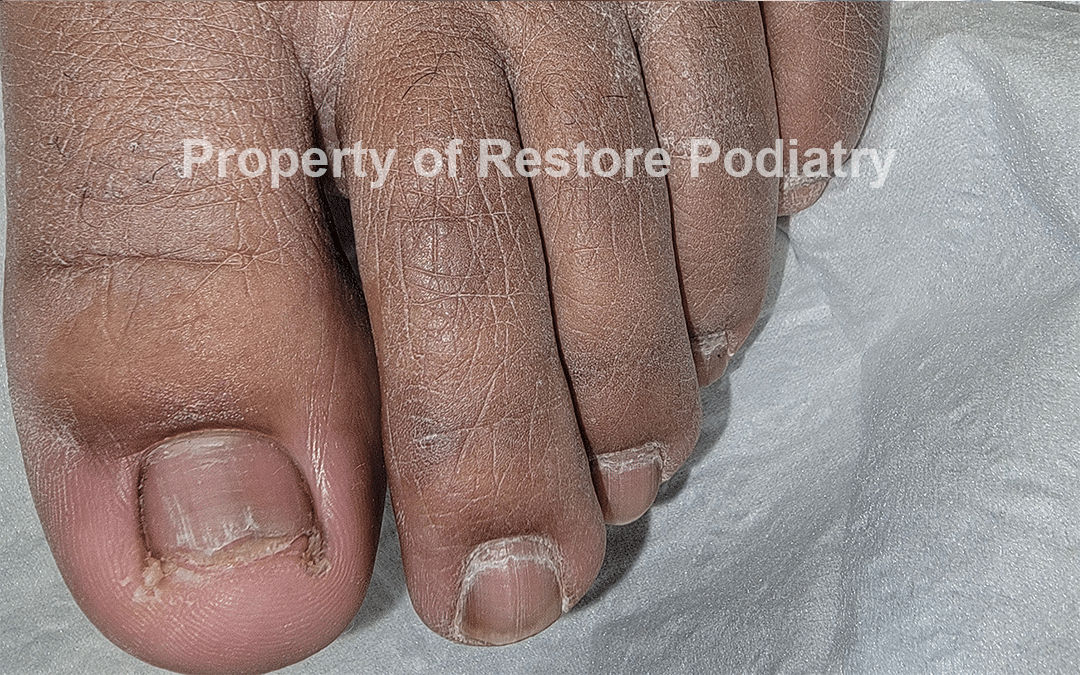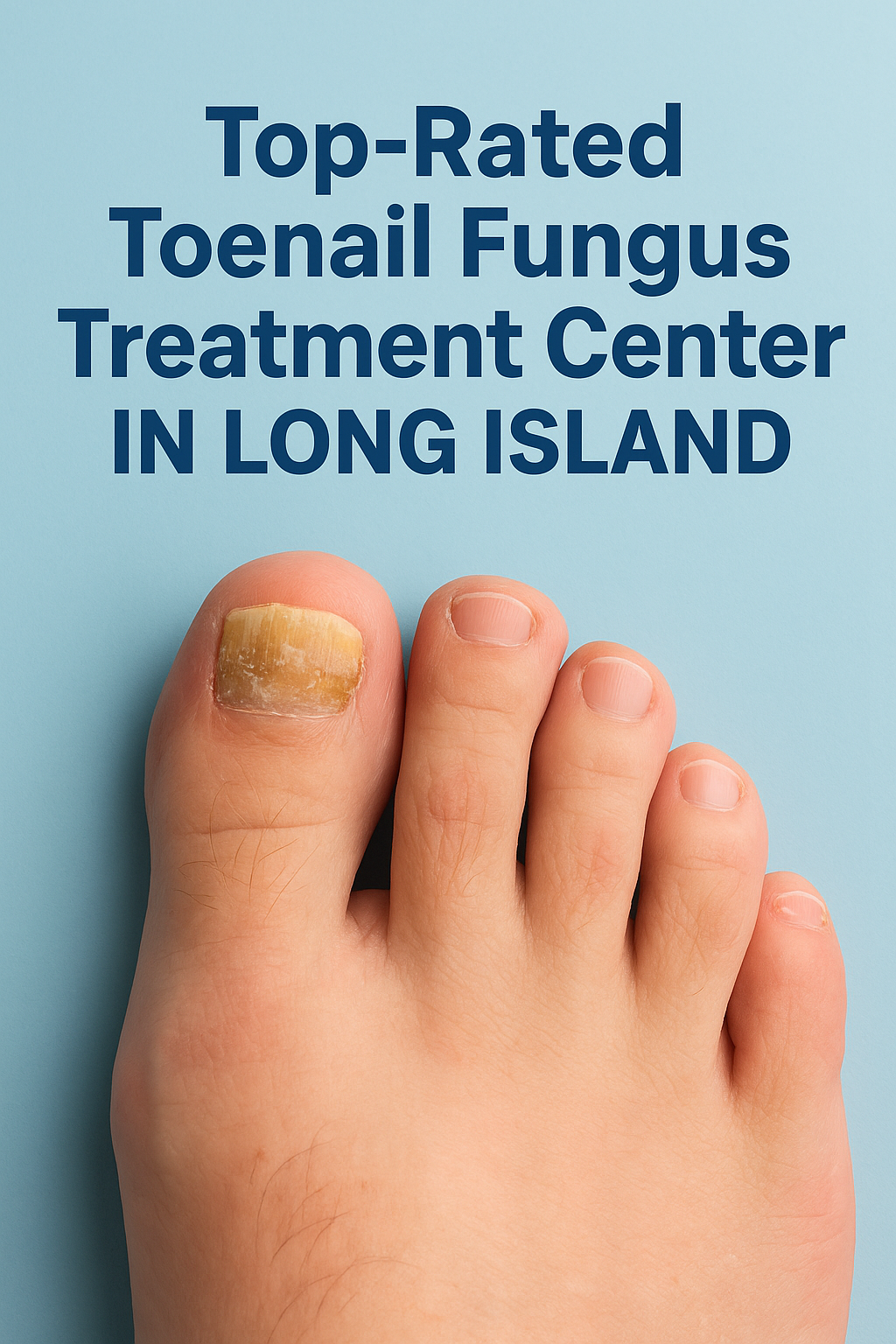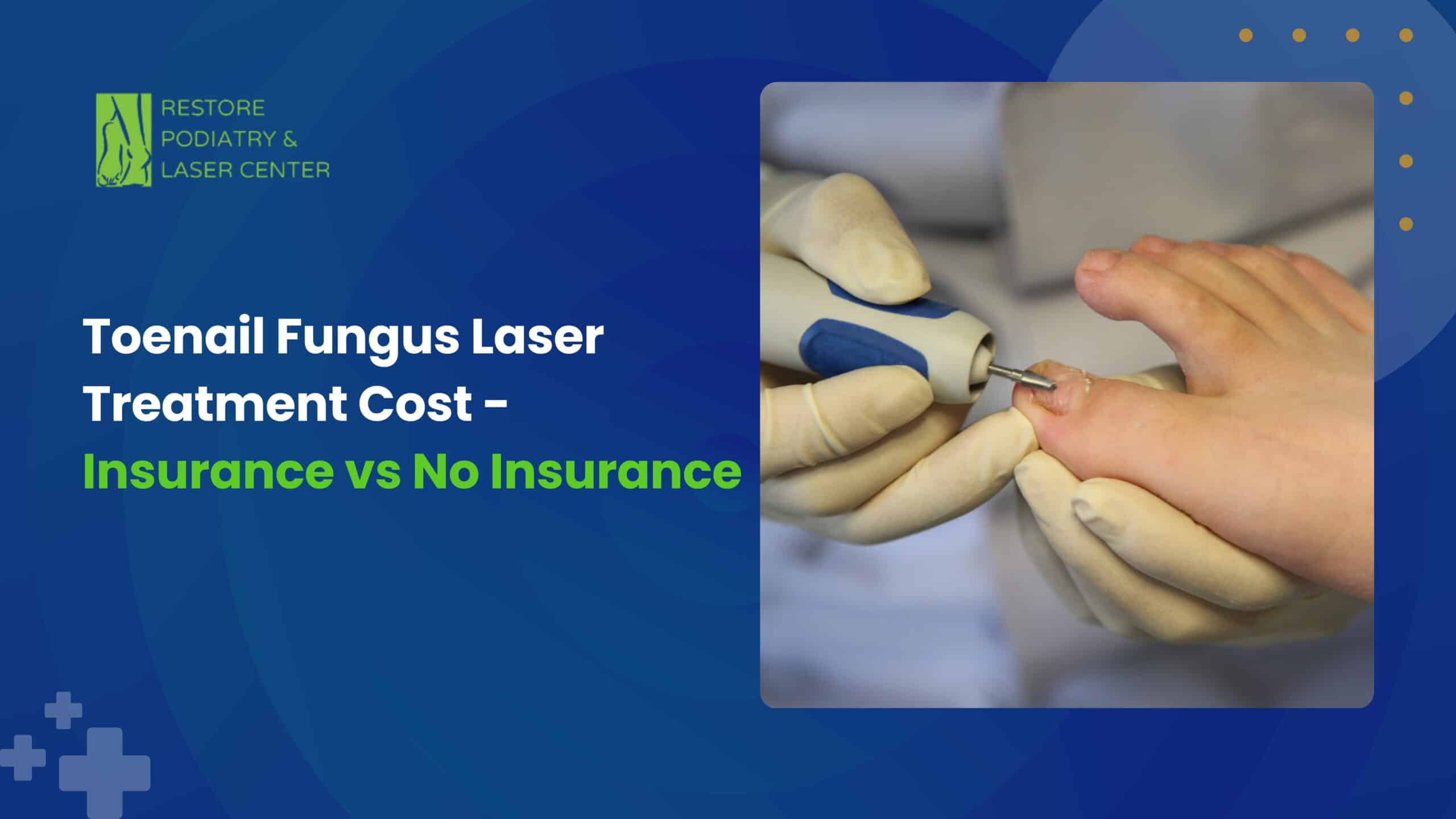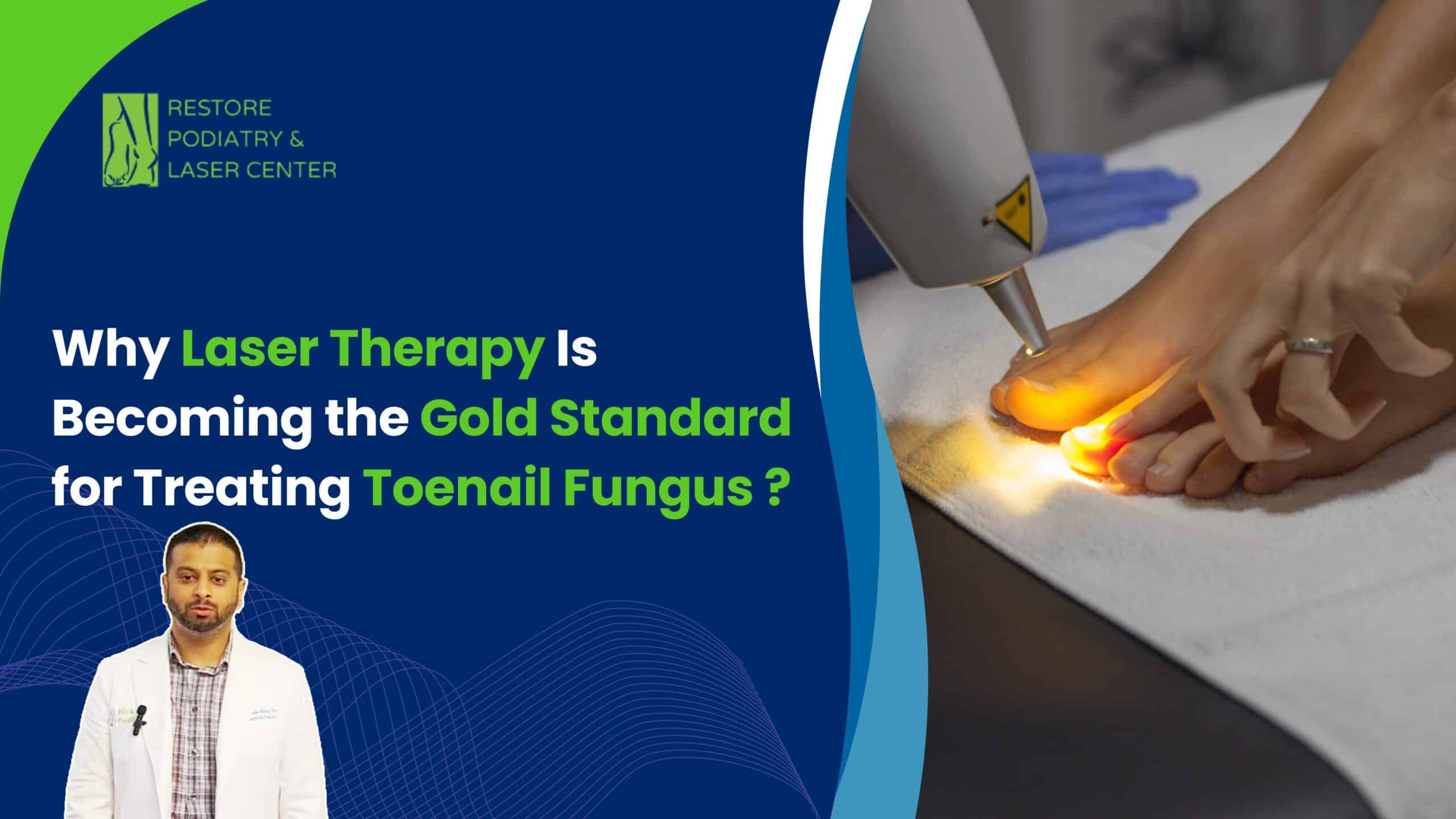- Poor Foot Hygiene
- Sweaty Feet or Non-Breathable Footwear
- Nail Trauma (stubbing your toe, etc.)
- Going Barefoot in Public Showers or Gyms
- Weakened Immune System or Diabetes
In a place like Hicksville, with its seasonal humidity and active population, many people unknowingly create the perfect storm for fungal growth, especially when wearing tight shoes during long commutes or workouts.
Suffering from chronic toenail fungus? We can help you get rid of it in just 3 sessions!

